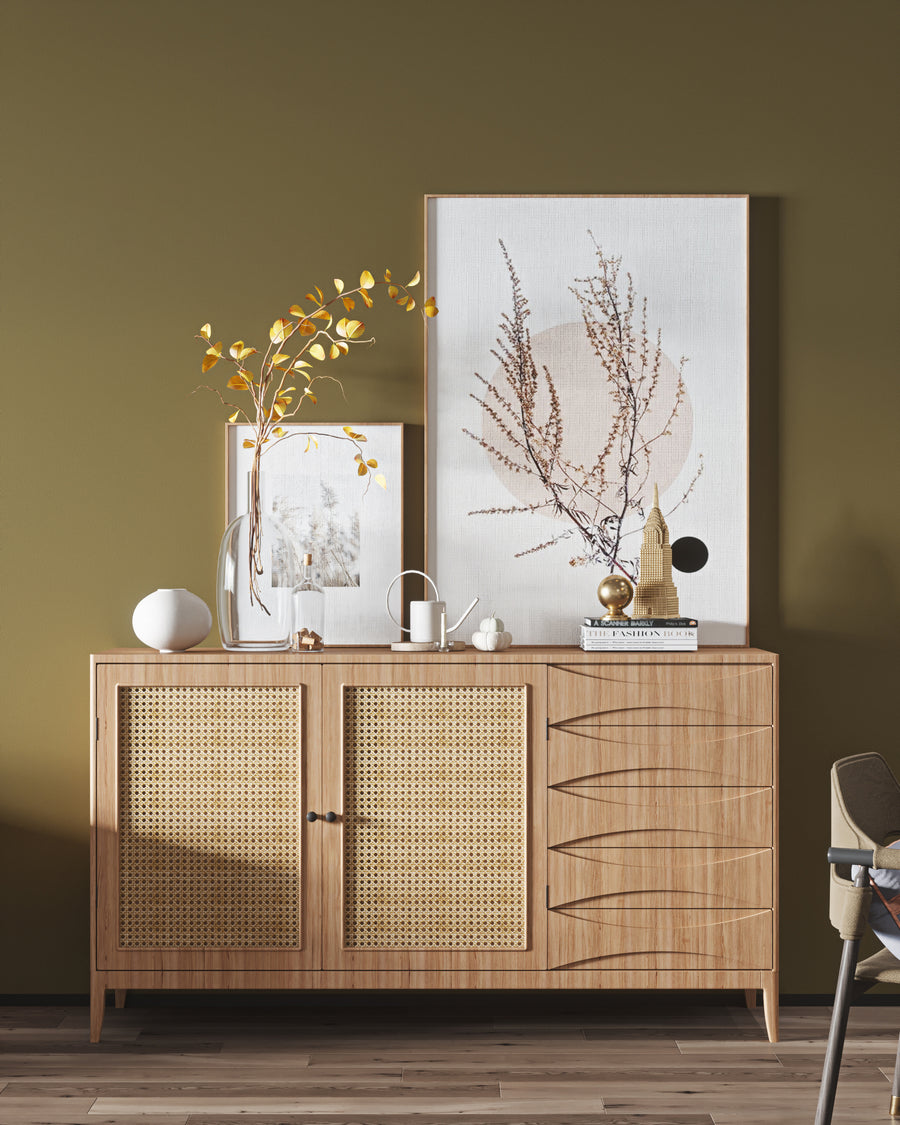The Ins and Outs of Strip Lighting
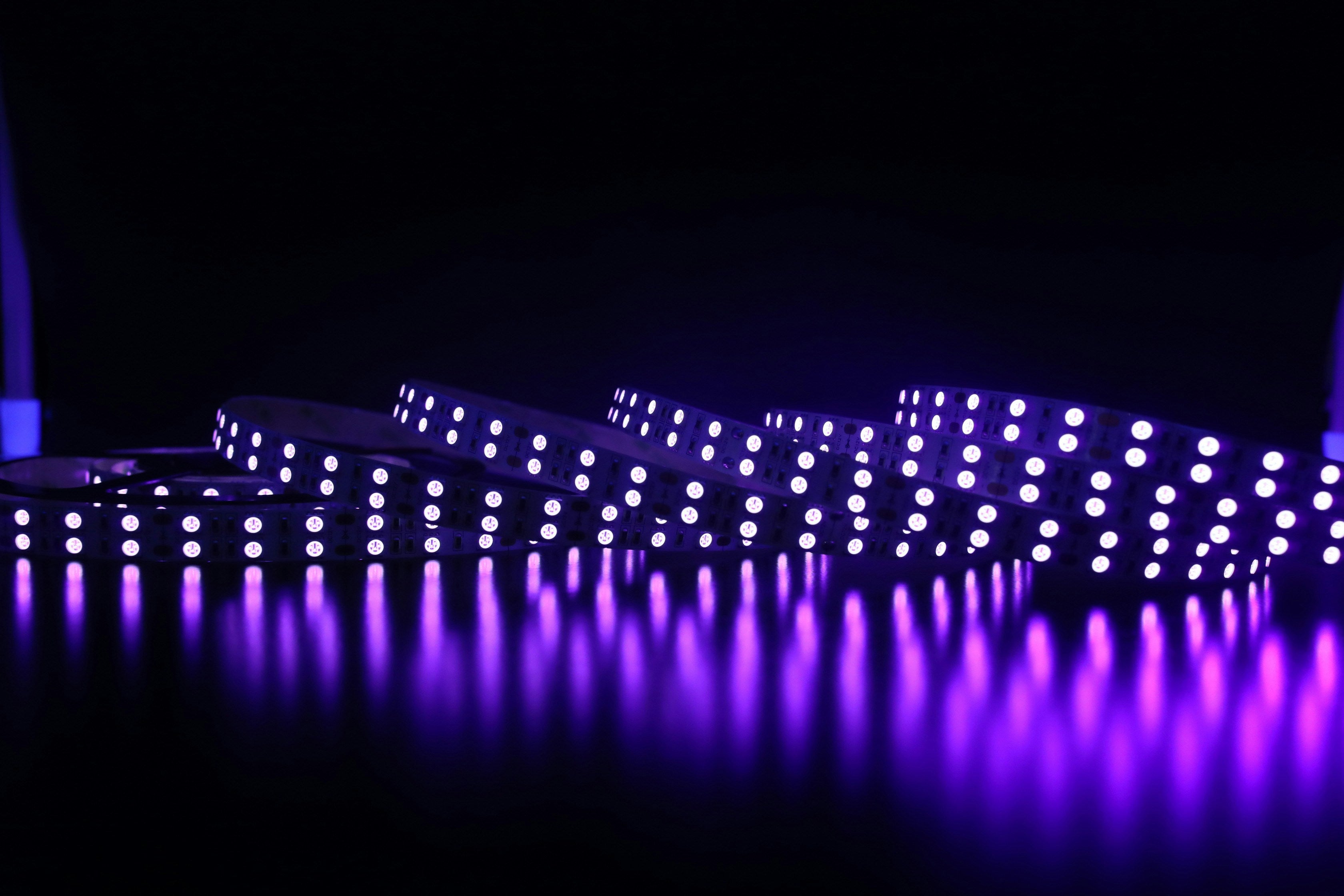
There are many different types of LED strip lights on the market, each with its advantages and disadvantages. In this blog post, we will explore the world of strip lighting in detail. We will examine the different types of LED strips available, their features and benefits, and how to install them. So if you're thinking of installing some LED strip lights in your home or commercial space, read on!
What are Strip Lights?
LED Strip lights are made up of tiny chips which emit light and are mounted onto a flexible circuit board. At elekzon, we supply SMD and COB variations of LED strips. SMD, or Surface Mounted Device strips, are made up of individual light-emitting diodes mounted onto a strip. COB or Chip on Board strips have the LED chips highly compacted and mounted directly onto the circuit board for more uniform and brighter light output.
Our Balmain COB strip light appears so uniform and homogenous that there are no visible shadows, dark spots, or individual diodes. This gives COB strip lights a premium look and feel. Our strip lights are highly durable and reliable, with a thick double-sided copper foil for heat dissipation and improved conduction.
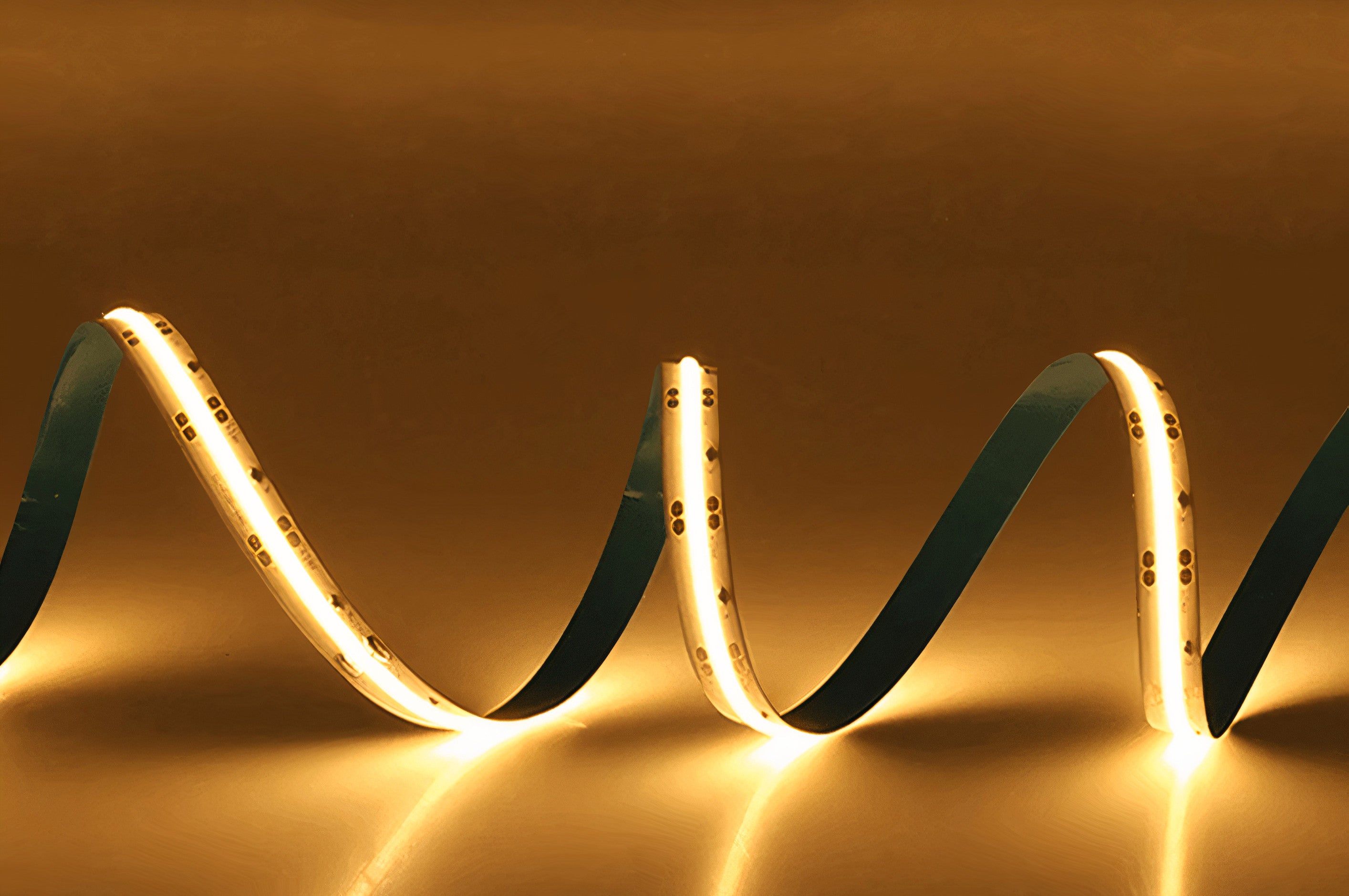
Since strip lights are simply linear circuit boards, they are highly flexible, can be cut to size, and come with an adhesive surface. This allows for easy installation and adaptability to curved surfaces or uneven surfaces, such as ceiling cornices and architectural features
Upon deciding where to install your strip lighting, it is important to consider the level of light and the visual effect that you are trying to achieve. The lighting effects are unlimited when you start playing with different elements of light density, colour temperature, and length adaptation.
What is a Light Density?
The amount of LED chips per square meter, or light density, ultimately affects how brilliant they are. Low-density are intended for cabinet illumination, showcases, and bar shelves and have a 400–700 lumen output per metre. They give a soft glow and give house furnishings and decor more charm. Low-density strips also prominently highlight tactile components, such as stone, concrete, marble, or wood. They enhance the home's tiered lighting and give any interior design a sense of depth and dimension.
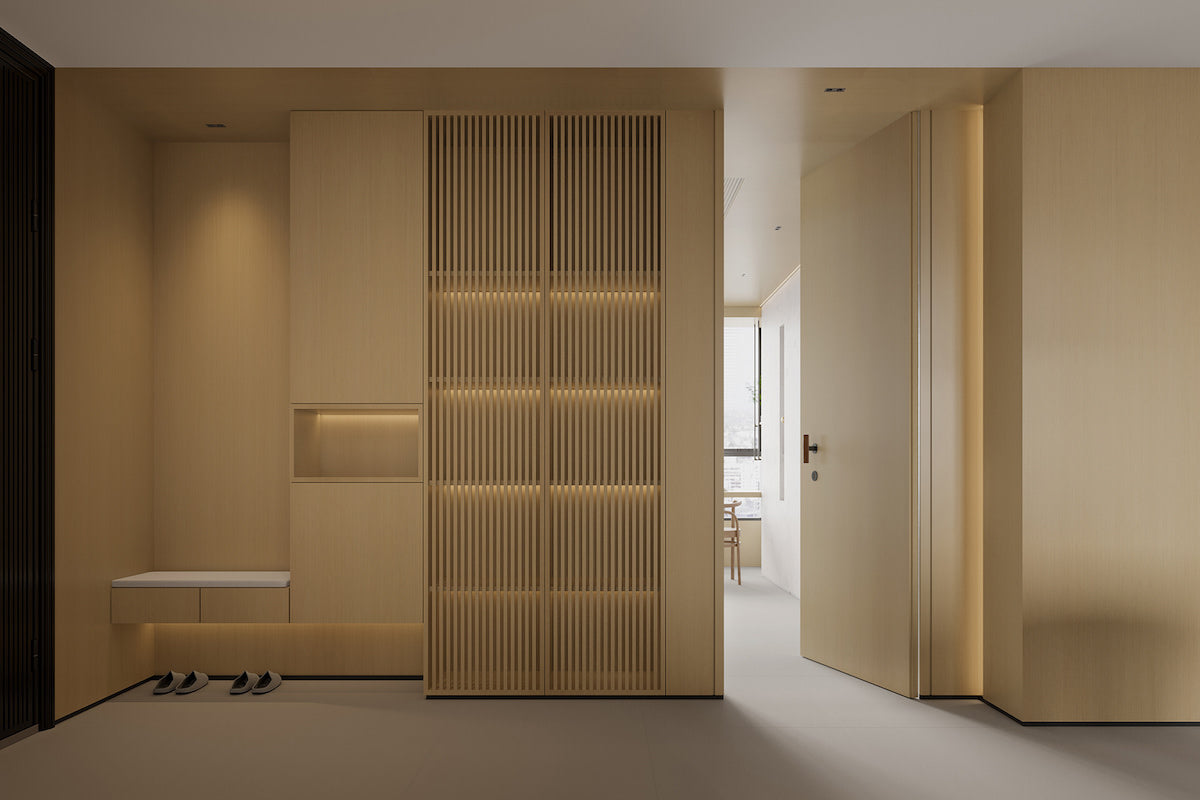
On the other hand, high-density lights produce between 900 - 1800 lumens per metre and are suitable for the task and general lighting purposes. They work well in living areas and kitchen islands, where additional light is required for food cutting and preparation. These strips can also be used creatively to highlight architectural features such as archways and staircases.
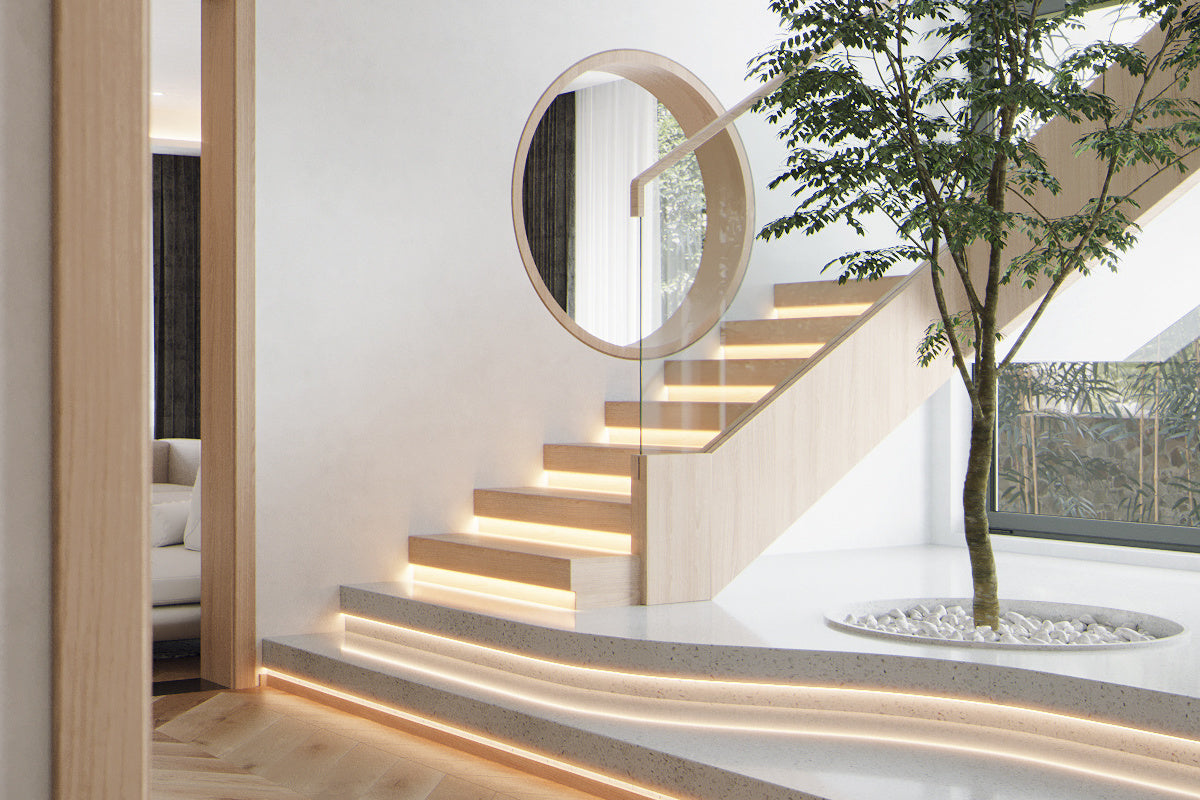
Extrusion Channels
Since high-density strip lighting is often exposed and installed on the ceiling, they appear more professional and sophisticated when combined with an extrusion channel for recessed installation. In particular, products such as the Coogee SMD Strip Light are well-complemented by extrusion channels as they sit flush to the ceiling and help to diffuse the light, appearing as one continuous strip rather than individual LED chips.
Although the Balmain COB Strip Light already has a uniform and constant appearance, you may still want to look into using an extrusion channel for physical protection. The channel secures the strip light, helps with heat dissipation, and eliminates the risk of the adhesive surface peeling or deteriorating over time.
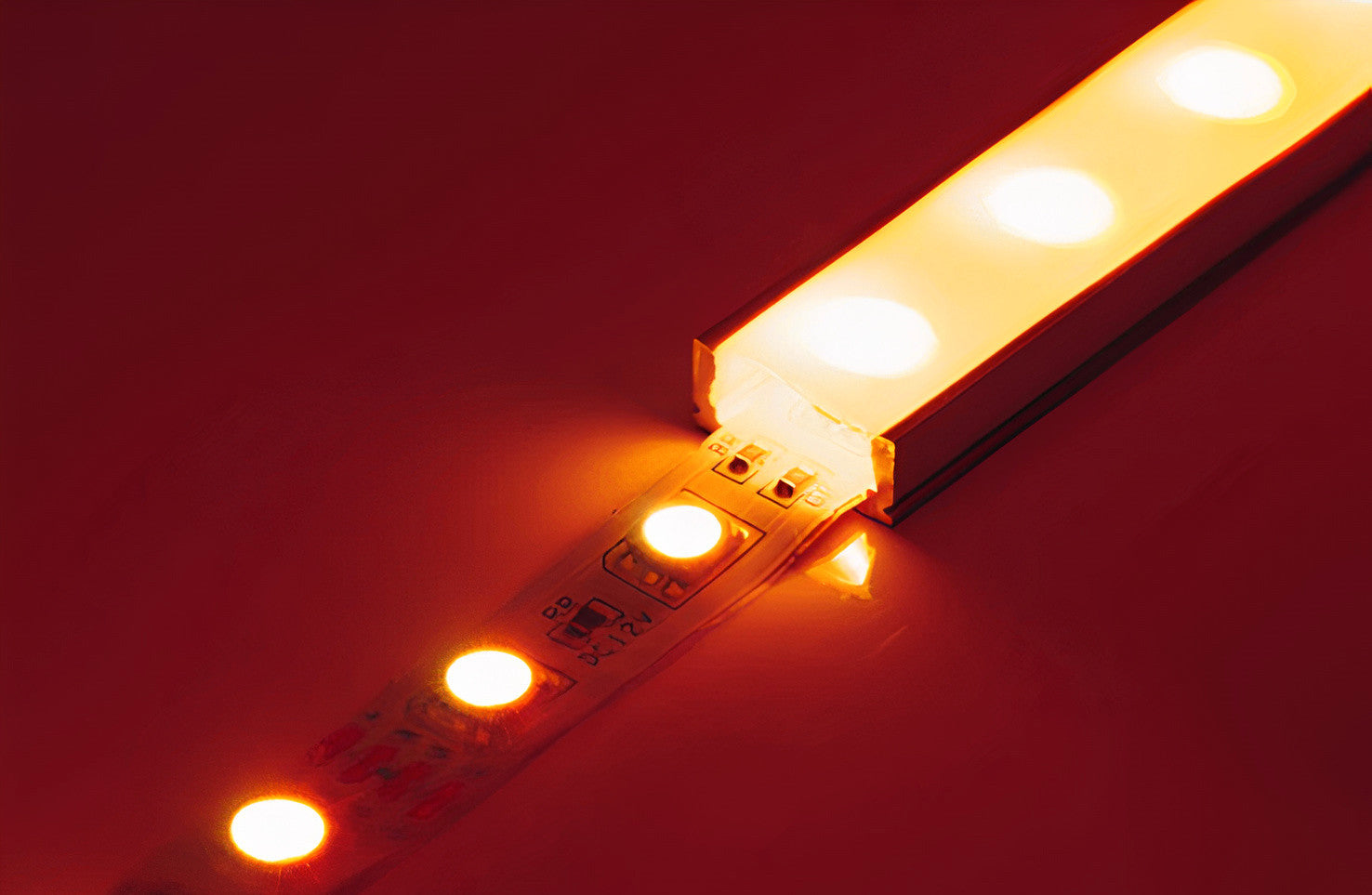
Strip Lights Installation and Connection
When it comes to installation, there are different options for power supply and connection. Many strip lights come with battery power or a "plug and play" system for short-term decorative use. This allows for easy installation and is perfect for children's bedrooms, gaming setups, events, and birthday parties.
An Elekzon fast connector can be used for a more long-term solution to join strips and connect them to a power supply. Fast connectors (also known as a quick splice or push-in connectors) prevent the need for soldering when it comes to lighting. They are huge time-savers and can be used in many projects, strip lighting, and beyond.
They are small contained units that simply require the electrician to remove a small amount of insulation from the end of the wiring and lock each wire into the appropriate hole of the connector. The connector is then plugged into an external power source and is ready to go. These strip-to-wire fast connectors are a much more sustainable alternative to battery-powered strip lights and produce a more professional look and feel.

We also supply double-end fast connectors for on-the-spot customisability; the quick connectors can join two strips together for a total length of up to 10m. This is desirable for general lighting or continuous cornice strip lighting in media rooms or outdoor areas.
Customise Your Length
When cutting and joining the strips, there are a few things to remember. Look for solid or dotted black lines on the circuit board with small copper pads on either side. These are guides for where the strip can be cut. These lines generally appear on average every 5 - 10cm or after every 3 LED chips.
If the strip is cut elsewhere, it will interrupt the circuit and result in several or all of the LED chips becoming unusable. Use a sharp knife or pair of scissors to cut along the line. Then, use one of elekzon's strip-to-wire fast connectors to connect it to the power supply, or use a strip-to-strip fast connector to lengthen the light or manoeuvre it around corners.
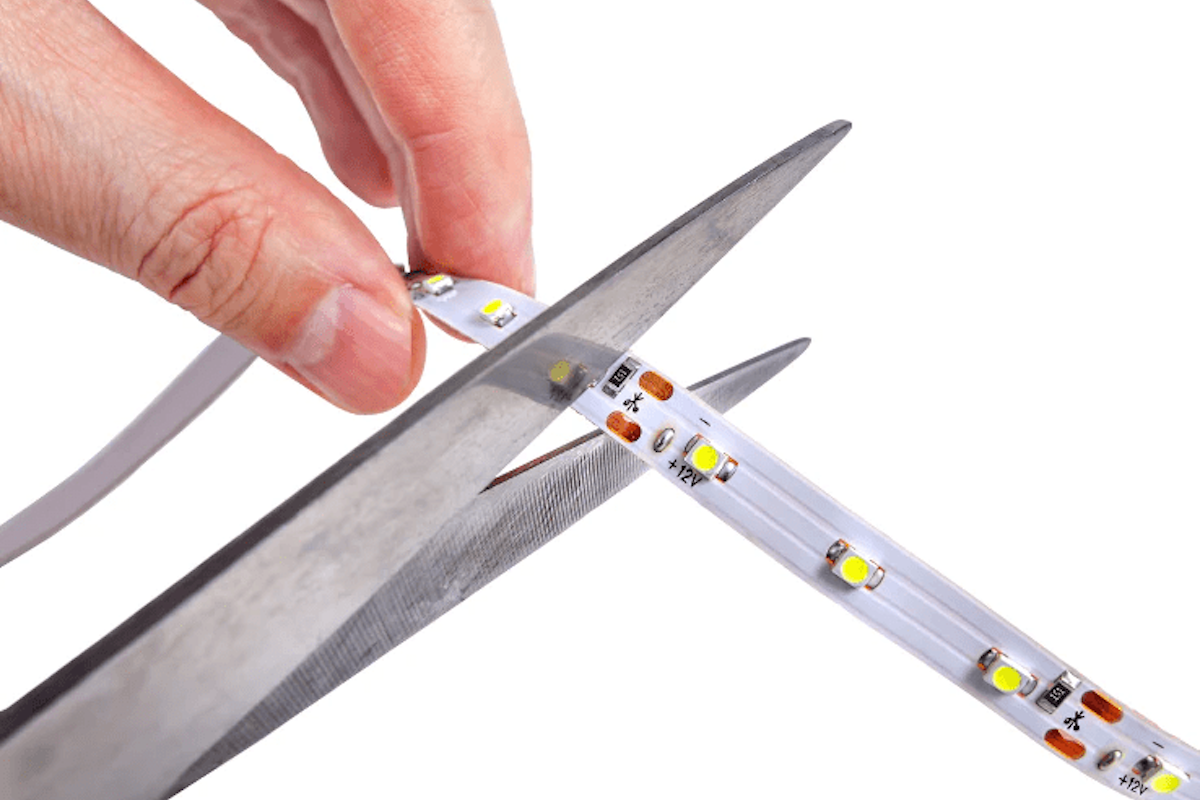
Power Supply
Once the desired light density and length of strip lighting are confirmed, an appropriate driver can be selected. The driver should be chosen by the total wattage of the light fitting. For example, if you purchase two of elekzon's 60W 5m Coogee and join them together using fast-connectors, you would need to buy the 180W Strip Light Driver.
On the other hand, if you were to purchase one of these and cut it down to just 1 metre to install in a trophy cabinet, you would only require the 30W strip light driver. If you doubt the driver you need for your project, do not hesitate to consult with the elekzon team for advice and recommendations. It is also important to note that LED do not work with traditional dimmers and instead require a compatible dimming driver.
Colour Temperature
LED strip lights come in various colour temperatures, from warm white to cool white. Warm whites have a yellow tone and create a feeling of ambience. Warm white strip lighting is often used for cabinet lighting, display shelves, bar shelves, and other areas where a feeling of comfort is desired. Cool white strip lights are more suitable for general lighting and architectural lighting.
They are closer to a "true white" or neutral white and generally appear brighter than warm lighting. The colour temperature is measured in Kelvins (K), with warm white typically ranging from 2700K-3500K and cool white and daylight ranging from 4000K-6500K. They are also available in RGB and RGBW variations, making them popular for media rooms and gaming setups. These RGB strips have over 16 million hues, bringing creativity and imagination to your interior design.
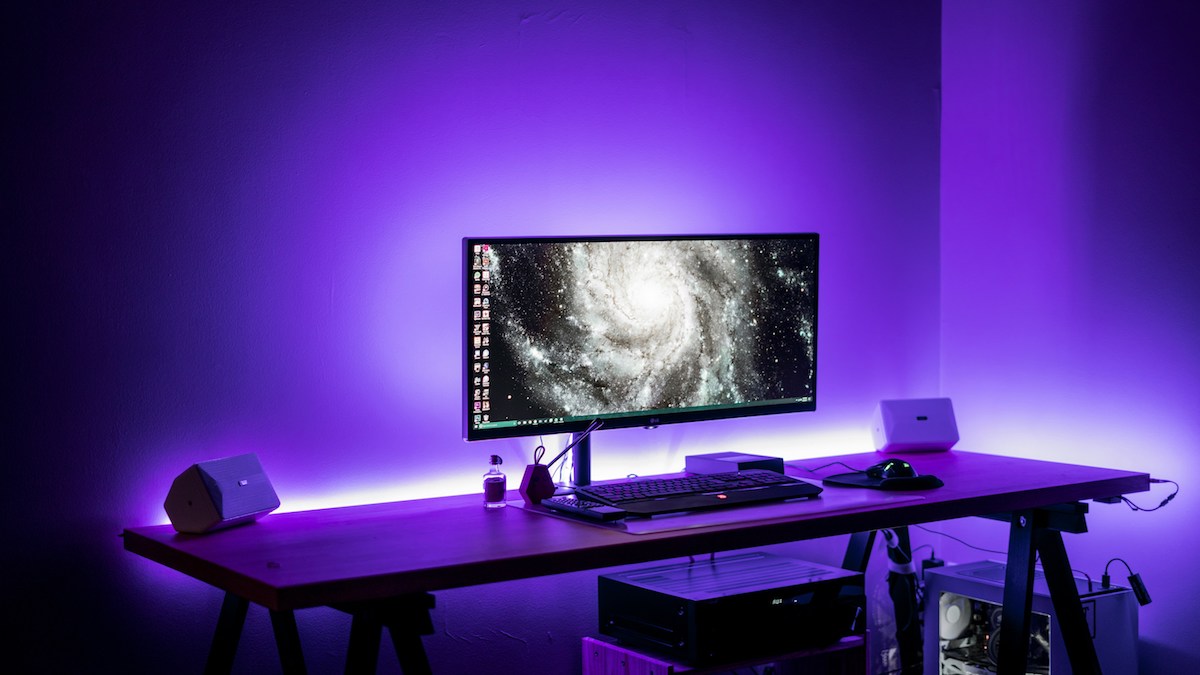
No matter what type of LED strip lights you choose, they can add a touch of modern style to any room or outdoor space. So there you have it - a brief introduction to strip lighting. With their flexibility, ease of installation, and range of options, strip lights are a versatile choice for any lighting project. Ready to join the LED strip lighting revolution? Shop elekzon's range now.


